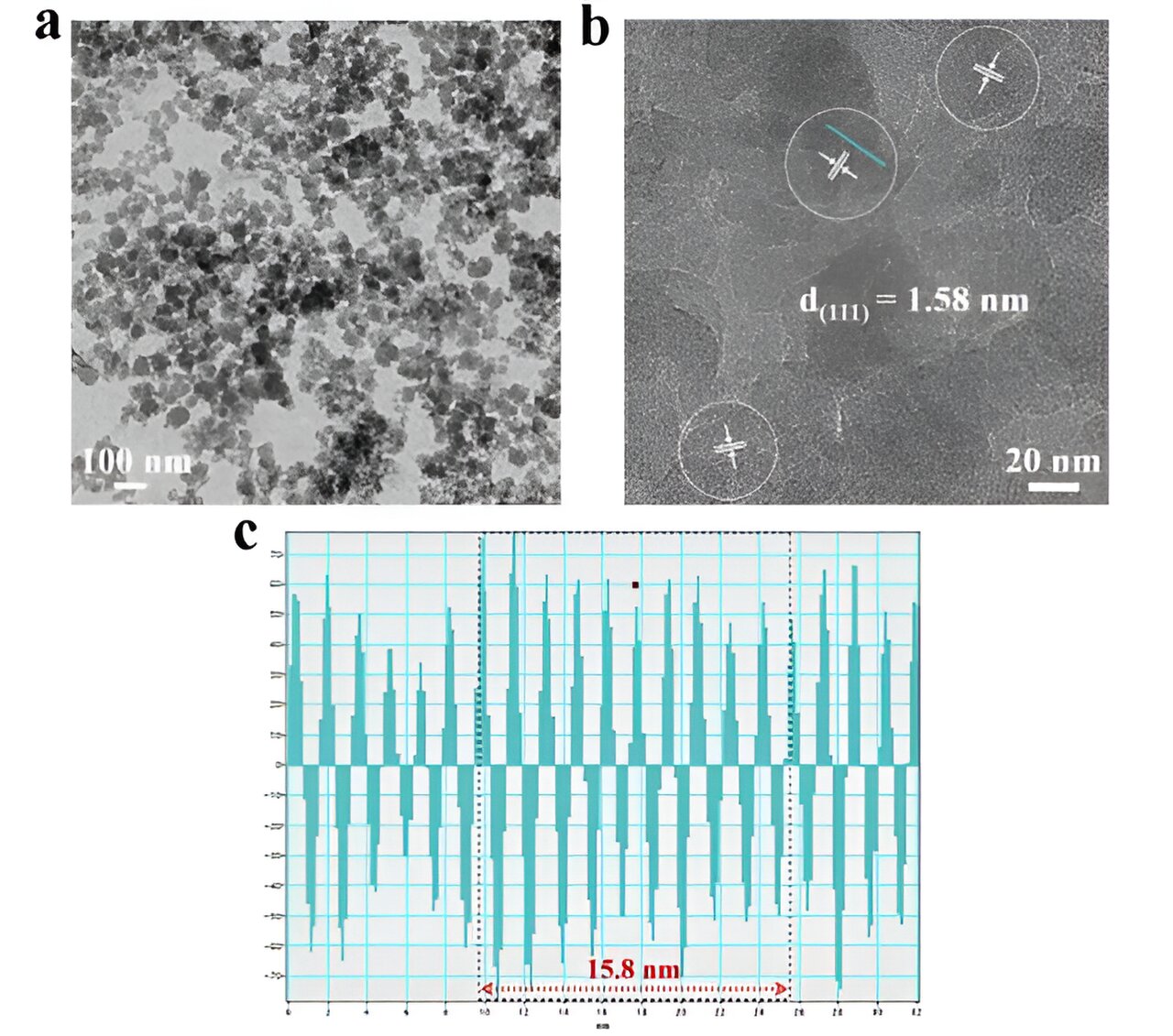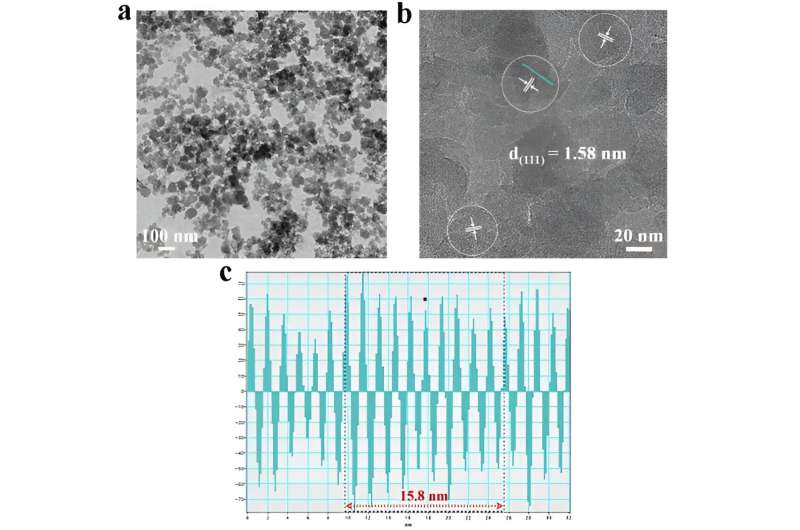

Photocatalytic conversion of CO2 into C2 products is an important process in the quest to address the energy crisis and achieve carbon neutrality. However, generating C2 products is challenging due to the sluggish multi-electron transfer process and inert C–C coupling processes.
In a study published in Angewandte Chemie International Edition, Prof. Liu Tianfu from Fujian Institute of Research on the Structure of Matter of the Chinese Academy of Sciences and Prof. Wu Xinping from East China University of Science and Technology constructed a metal-organic framework (MOF) with delocalized orbitals and proposed a strategy of direct charge transfer to enhance electron transfer and separation efficiency, thereby boosting photocatalytic reaction performance.
Researchers constructed the MOF compound (PFC-98) featuring delocalized orbitals over the metal cluster and linker in MOF by elaborately regulating the building units. They found that the photocatalytic performance sharply improved in the isoreticular MOF (PFC-98) after simply replacing the 1,4-Di(1H-pyrazol-4-yl)benzene (H2DPB) linker into an electron-deficient linker 2,5-di(1H-pyrazol-4-yl)thiazolo[5,4-d]thiazole (PyTT).
Photocatalytic experiments demonstrated that PFC-98 exhibited exceptional rates of 58.14 μmol g−1 h−1 and 43.14 μmol g−1 h−1 for acetate and ethanol in the CO2 overall reaction, respectively, exceeding the catalytic performance of most materials reported thus far.
Additionally, the researchers revealed that the lowest unoccupied molecular orbital (LUMO) energy levels of the ligand and cluster in PFC-98 were well-matched to construct delocalized orbitals that facilitate direct electron excitation transfer from the ligand to the metal cluster through theoretical calculations, thereby enhancing electron transfer and separation efficiency.
They verified that a long-lived intermediate charge-separated state appeared upon photoexcitation from spectroscopy characterizations, prolonging the excited state lifetime and improving electron-hole separation efficiency.
Furthermore, the researchers discovered that the electron density on the metal cluster was obviously much higher in PFC-98 than in the isoreticular, thereby promoting the occurrence of C2 generation from CO2 photocatalytic reaction.
This study provides a novel approach for the photocatalytic reduction of CO2 to create C2 products.
More information:
Hai-Xiong Liu et al, Delocalized Orbitals Over Metal Clusters and Organic Linkers Enable Boosted Charge Transfer in Metal‐Organic Framework for Overall CO2 Photoreduction, Angewandte Chemie International Edition (2024). DOI: 10.1002/anie.202411508
Provided by
Chinese Academy of Sciences
Citation:
Researchers enhance CO₂ photoreduction with new metal-organic framework (2024, September 23)
retrieved 23 September 2024
from https://phys.org/news/2024-09-photoreduction-metal-framework.html
This document is subject to copyright. Apart from any fair dealing for the purpose of private study or research, no
part may be reproduced without the written permission. The content is provided for information purposes only.

